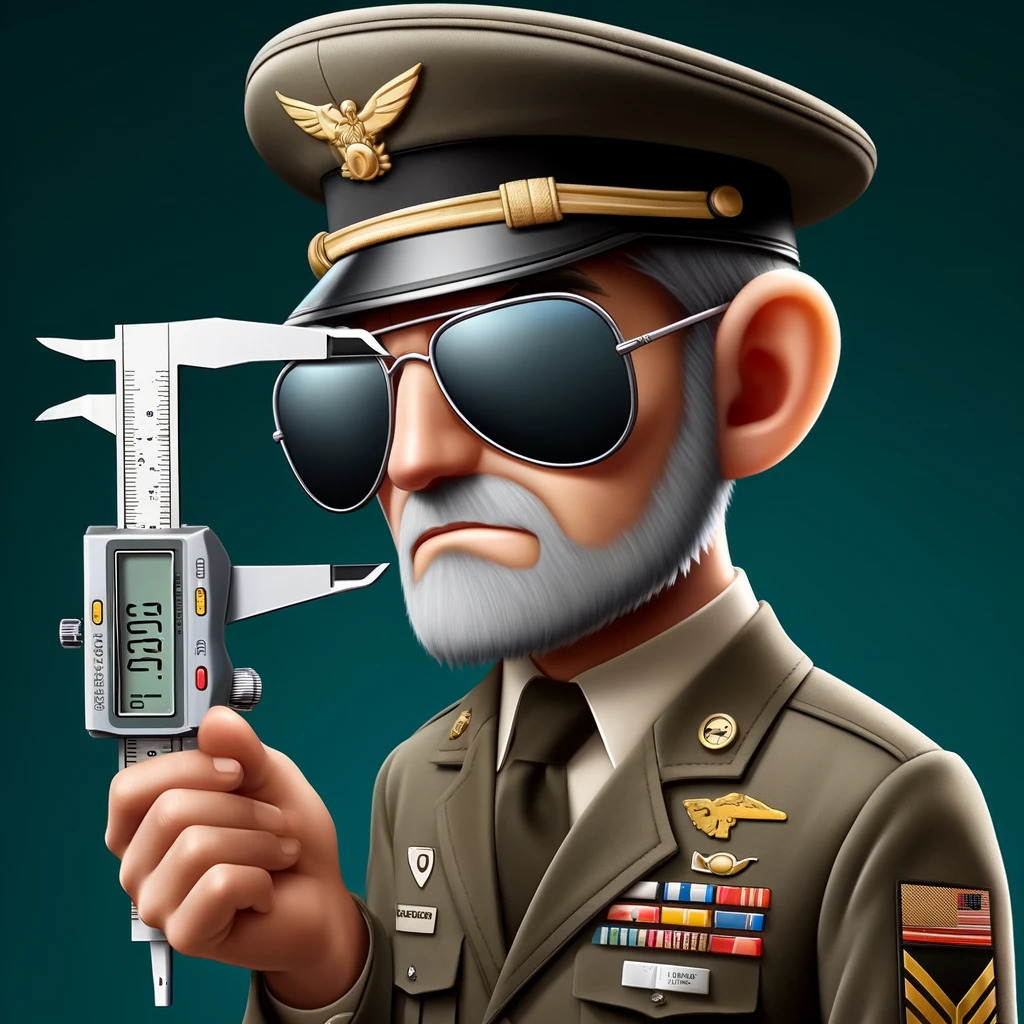In the world of precision engineering and machining, metrology tools are indispensable for ensuring accuracy down to the smallest unit. Among these measurement tools, the dial indicator stands out for its versatility and precision. Whether you’re a professional engineer, a hobbyist, or someone involved in manufacturing, knowing how to use a dial indicator can enhance your projects’ quality and precision.
What is a Dial Indicator?
A dial indicator, also known as a dial gauge or probe indicator, is a precision instrument used to measure small distances or object deformations. The tool translates the small linear movements of a plunger or stylus into rotational movement of a dial needle, displaying measurements on a circular scale.
Key Components:
- Dial Face: Displays the measurement through a needle pointer.
- Plunger: Moves in and out based on the object’s surface it is measuring.
- Bezel: Rotatable ring that allows for zero setting of the dial face.
How to Read a Dial Indicator
Reading a dial indicator involves understanding its scale and resolution. Most dial indicators have two scales: a main scale and a rotating dial.
- Main Scale: Often measures in millimeters or inches, indicating each major division (e.g., 0.001 inch or 0.01 mm).
- Rotating Dial: Further divides the main scale divisions, offering precise readings.
Steps to Read:
- Zero the Dial: Ensure the plunger is not depressed and set the dial to zero.
- Measure: Depress the plunger against the object. Observe the needle movement.
- Interpret: Combine the main scale and dial readings for the total measurement.
Using a Dial Indicator with a Height Stand
A height stand, often used in conjunction with a dial indicator, provides a stable base and increased precision for vertical measurements.
Setup Process:
- Mount the Dial Indicator: Secure the dial indicator to the height stand.
- Zero Setting: Place the height stand on a flat reference surface and zero the dial indicator.
- Measure: Position the object under the plunger. Carefully lower the plunger to contact the object’s top surface and record the measurement.
Examples of Dial Indicators in the Market
- Mitutoyo 2046S Dial Indicator: Renowned for its precision, offering a 0.01 mm graduation and a measuring range of 10 mm.
- Starrett 25-441J Dial Indicator: Known for its ruggedness, with a 0.001-inch graduation and 0.25-inch range.
- Fowler 52-520-110-0 Dial Indicator: Offers a large dial face and a 0.001-inch graduation for easy reading.
Visual Aids for Better Understanding
To enhance your comprehension of dial indicators and their use with height stands, let’s include some visual aids:
- Image of a Dial Indicator: Showcasing its components and scale.
- Reading a Dial Indicator: A step-by-step visual guide.
- Dial Indicator with a Height Stand: Demonstrating setup and measurement process.
Let’s generate these images to help make the post easier to understand.
